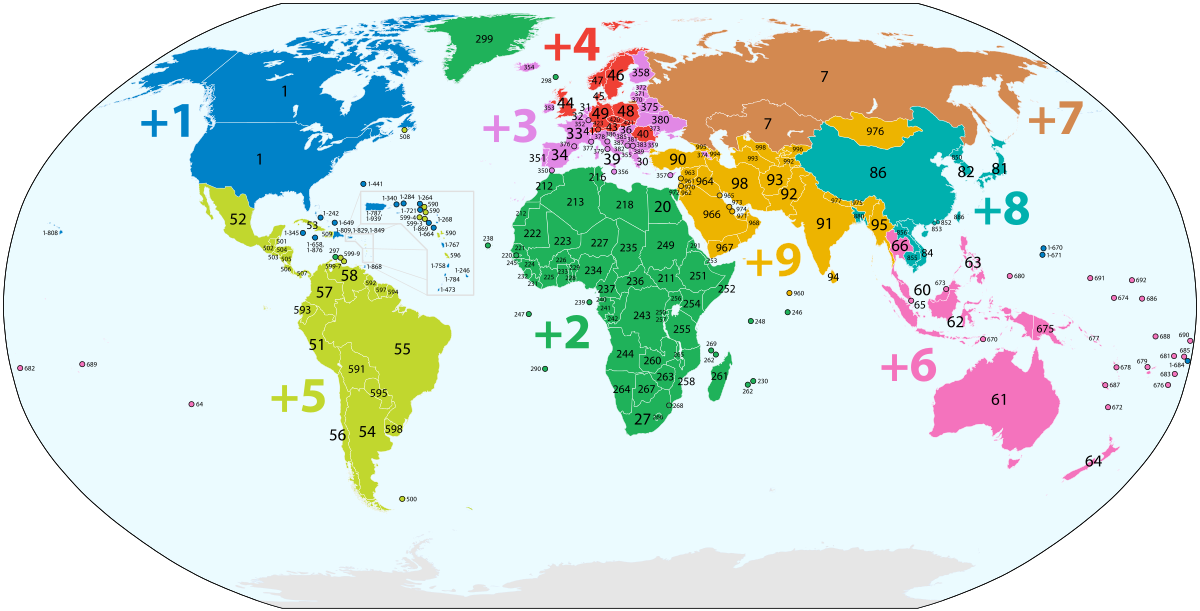A country code is a two-letter code that represents a country. These codes are also used to designate special areas of geographic interest. The most common one is ISO-3166-1, which is also used as a top-level domain name for the Internet. Additionally, it is used for postal codes for countries.
Dial 0 (zero)
The first number you see in a country code will be “0.” This indicates that it is a country code. Dialing 0 plus the area code will be the correct way to call someone in that country. If you are dialling from outside the country, you must not use the leading zero.
The second number you see will be the destination country code. To dial a phone number in another country, dial 00 or 011 instead of 0 (zero). You can also check the country code list in the telephone book to find the correct dialing method. You can also ask the operator of the country you are calling for help. It’s usually a good idea to memorize the country code when you are abroad so you won’t have to think about it later.
Besides country codes, you can also use exit codes to call other countries. The plus sign is also commonly used, but it’s not necessary in calling to another country. The country code is most often unique to a country. However, some countries have country codes that are shared. For example, country code 1 is shared by the US and Canada and a few smaller countries.
Dial a country code
The first step in connecting a call to another country is to dial a country code. This is also called an international access code or IDD. When you dial a country code, you’re connecting to that country’s phone system. In the US, this code is typically “1”.
If you’re making an international call, the country code is usually two digits. For example, the country code for France is 33 and that of the United Kingdom is 44. The country code for the United States is 1. Other smaller countries may use three-digit codes, such as the Republic of Ireland. To dial an international phone number, you’ll need to dial the country code before the national phone number. Most international numbers will have a prefix that starts with a plus sign, so a phone number in the UK may be written as +44.
To make international calls with your cell phone, the first step is to dial the country code. In most cases, the area code will be the same as the phone number, but in some cases, you’ll need to dial both the city code and the country code in the same call. You can also purchase a phone number with a different area code, if necessary.
Dial an international calling code
Dialing a number in another country can be confusing if you’re not familiar with the specific dialing rules for that country. Most countries have a certain dialing pattern, but it doesn’t have to be difficult to learn and use. To get started, you can consult a list of country codes on the ITU website. It will help you determine the country code that you’ll need to dial.
For most countries, the country code will be two digits long. For example, the country code of France is 33 and the country code of the United Kingdom is 44. However, some smaller countries use three-digit international telephone codes, like the Republic of Ireland (353). After the country code, you’ll need to type in the area code of the destination country.
Dialing a country code is similar to dialing a domestic number. It will allow you to call a country in a specific region. It is also known as an international access or direct dial code. Whether you’re calling a mobile phone, landline, or cell phone, you’ll need to dial the right dialing code for the destination country.
Dial a telephone prefix
If you are dialing a phone number from a country other than your own, you should use the prefix for the country of destination. This can be “00” or “01”. The prefix is followed by the country code. You can find the country code on a country’s Wikipedia page or in its Connect section.
The prefix for calling international numbers is “00”. This is the standard international prefix that is used by most countries. However, not all countries have adopted this standard. For example, some countries have a separate international prefix for VoIP (voice over Internet protocol) services.
The country code consists of one, two, or three digits. It helps the phone carrier route your call to the country of origin. Most countries have a two-digit country code, such as the U.S. and the United Kingdom. However, a few countries have three-digit international telephone codes, like the Republic of Ireland. When dialing an international telephone number, it’s best to dial the country code before the national number.
